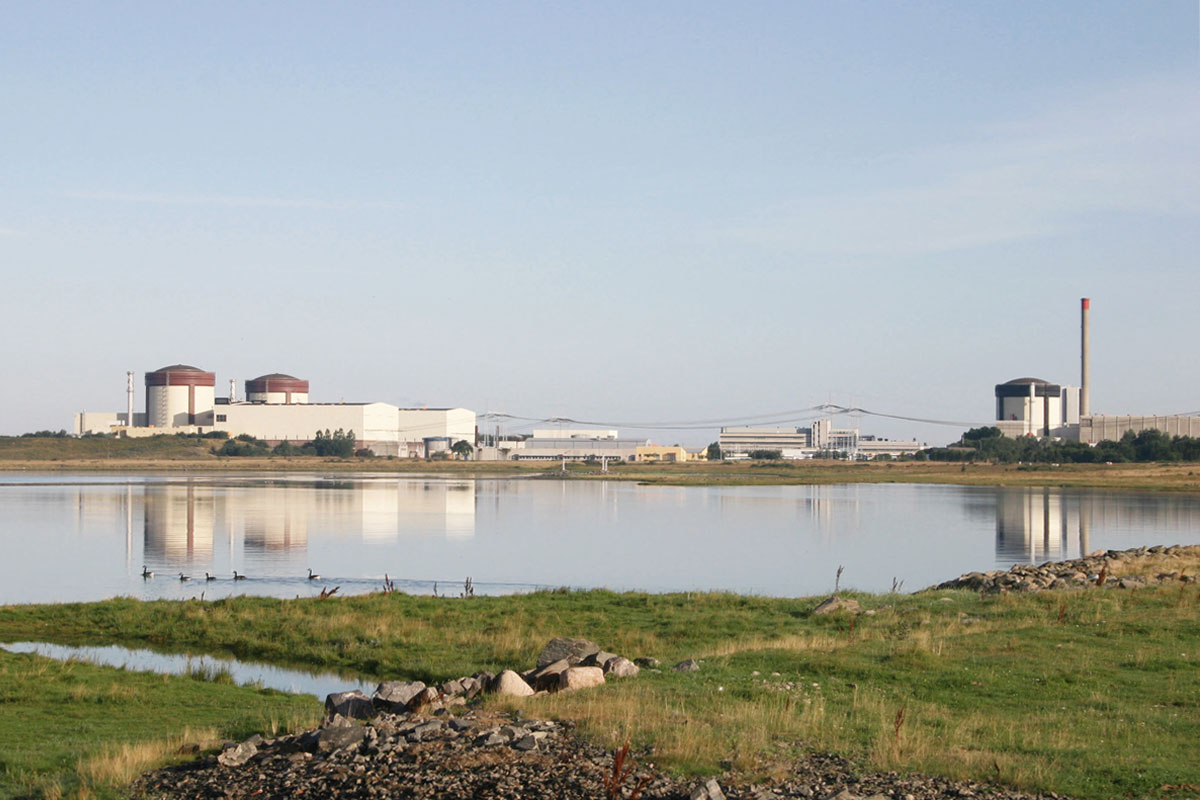Ringhals
Facts

The first reactor (R1) is a boiling water reactor that was in commercial operation between January 1976 and December 2020. The three remaining reactors (R2, R3 and R4) are pressurised water reactors. R2 was in operation between May 1975 and December 2019. R3 began commercial operation in September 1981 and R4 went commercial in November 1983.
History
The history of Ringhals dates back to 1965, when Vattenfall began buying land on the Värö peninsula. In 1968, the government approved the construction and operation of a nuclear power plant, and building work began in 1970.
At the beginning of 2019, Ringhals' total electricity production reached 900 TWh, equivalent to 900,000,000,000 kWh since the start.
Investing for the future
Investments and upgrades are being made on an ongoing basis to extend the operational lifespan of Ringhals reactors 3 and 4. These modern reactors are expected to generate electricity into the 2040s.
New reactors at Ringhals?
Vattenfall sees a need for increased power generation in southern Sweden and is currently working on plans to build new nuclear capacity on the Värö peninsula, where Ringhals is located today.

